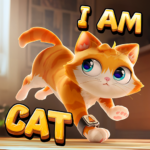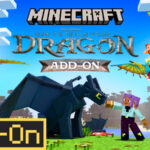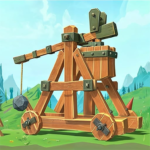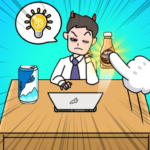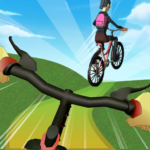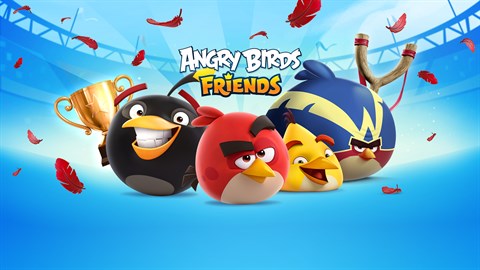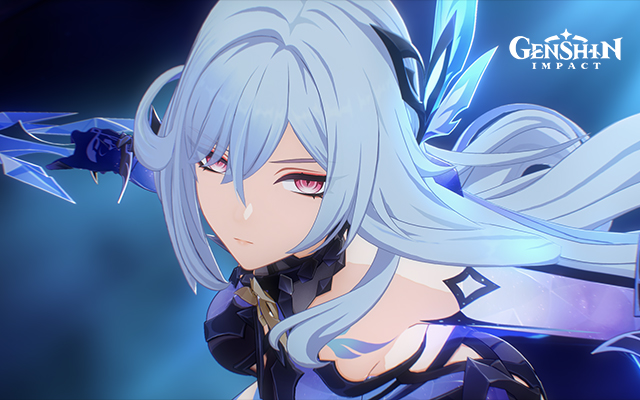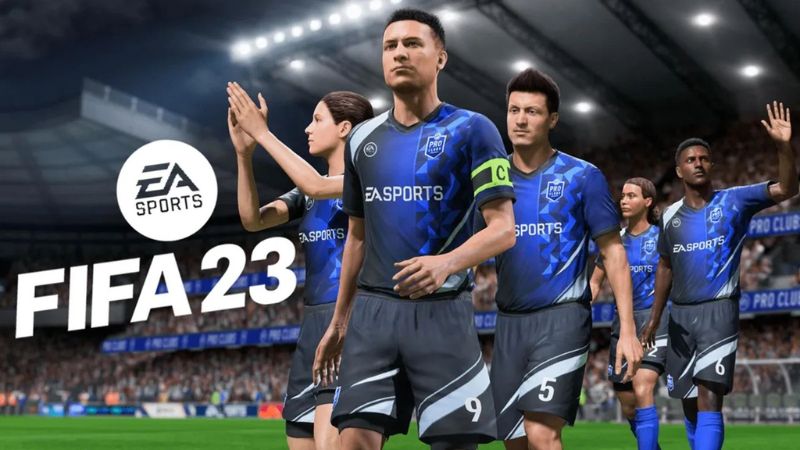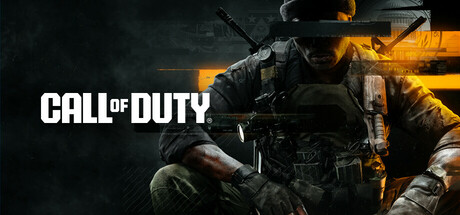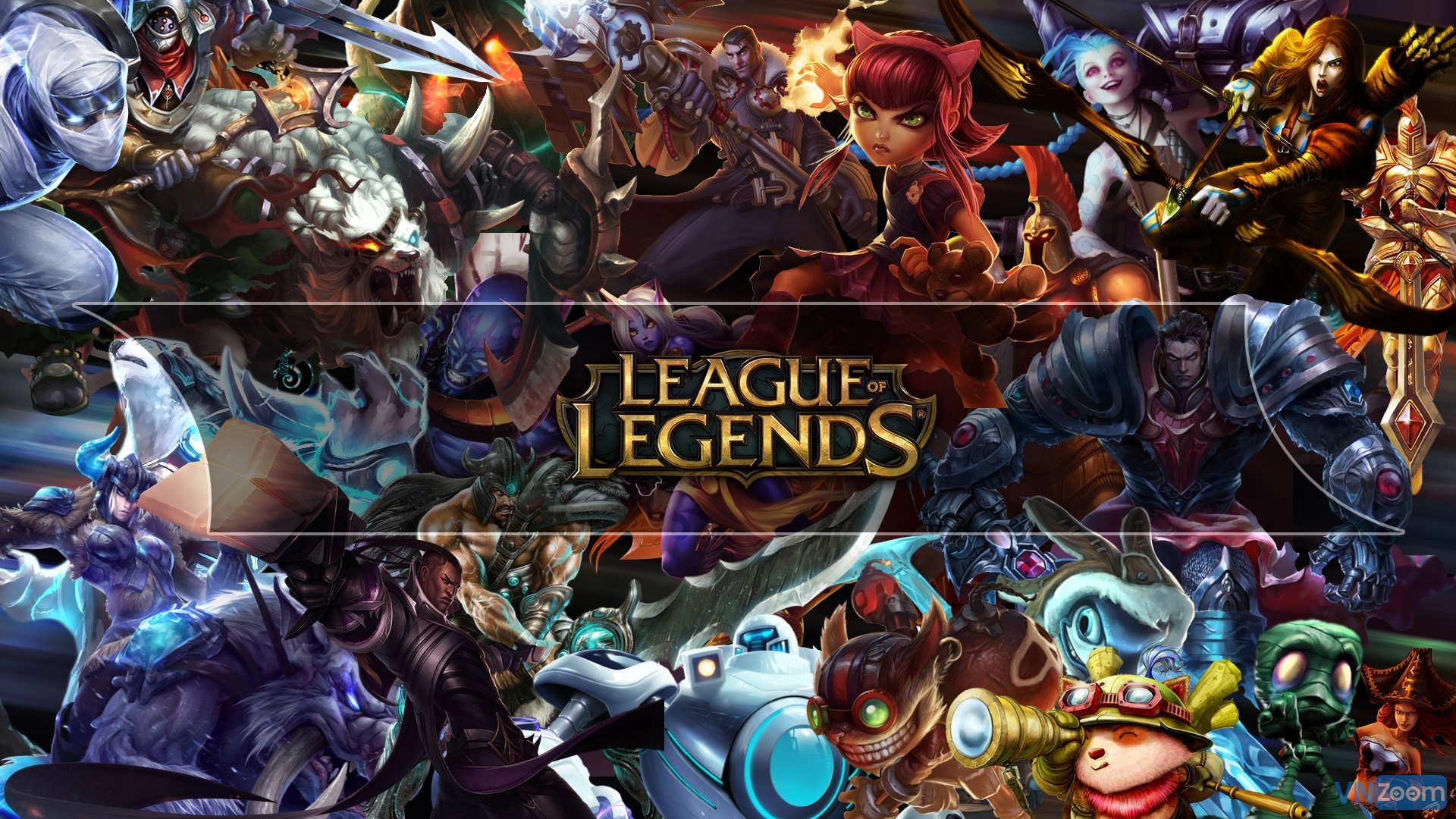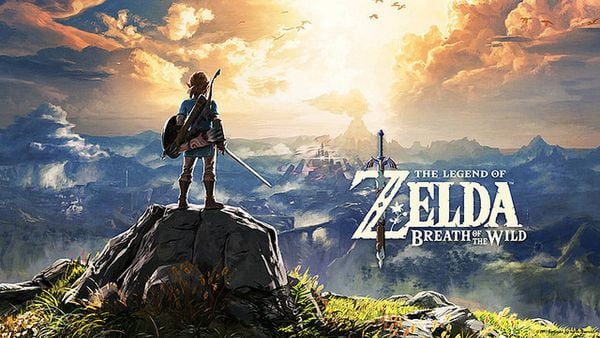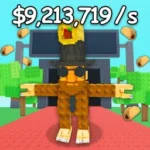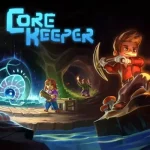ChatGPT đã nói:
Roblox: The Ultimate Sandbox Gaming Universe
Roblox has emerged as one of the most powerful and versatile platforms in the gaming world. From humble beginnings to a global phenomenon, it now serves as a creative launchpad for developers, educators, and players of all ages. In this article, we’ll take you on a chronological and thematic journey through Roblox—from its inception to its modern-day impact. Prepare for a deep dive, complete with expert analysis, pros and cons, ratings, and reflections on what makes Roblox a cultural mainstay.
Table of Contents
The Genesis of Roblox (2004–2006)
Roblox began in 2004 when co-founders David Baszucki and Erik Cassel launched DynaBlocks, an educational physics sandbox that allowed users to create interactive environments. Even during this early phase, the vision was clear: to provide a platform where creativity and learning converge.
🛠️ What Made DynaBlocks Unique
Roblox’s first iteration emphasized educational gameplay, with a focus on simple physics experimentation such as gravity, force, and camera controls. This prototype laid the groundwork for what would become a worldwide phenomenon.
From DynaBlocks to Roblox
By 2006, the platform rebranded as “Roblox”—a blend of “robots” and “blocks.” Over the next few years, it refined its architecture, enabling better multi-player functionality and enhanced game mechanics. The name change signified a bold step toward a more expansive vision.
Building the Platform (2006–2009)
After rebranding, Roblox entered a phase of crucial technological development and community cultivation that would define its future.
H3: Early Tech Foundations
Roblox began implementing Lua scripting, 3D physics, and networking libraries—empowering creators to build interactive experiences. This was a milestone for user-generated content (UGC).
H3: Cultivating Creation
By 2007, early adopters formed communities and shared their creations, spawning a variety of user experiences like obstacle courses, racing games, and imaginative role‑play spaces. The “developers helping developers” ethos began to solidify.
Emergence of UGC & Early Growth (2010–2012)
This period marked a turning point where Roblox became less of a prototype and more of a fully fledged creative platform.
H3: Launch of Roblox Studio
Roblox Studio—an integrated desktop application for environment building—launched in 2010. Roblox Studios offered drag-and-drop editing, Lua coding, and object manipulation tools.
H4: Tools That Empowered Everyone
From intuitive UI panes to standardized libraries, Roblox Studio democratized 3D game creation. Even inexperienced users could build engaging experiences or collaborate on long-term projects.
H3: Explosive User Growth
The early 2010s saw Roblox attract millions of users worldwide. Roblox introduced a paid currency (“Robux”), monetization systems, and social features. Developers could generate real income.
Roblox’s International Expansion (2013–2015)
Roblox's user base exploded beyond its home market, driven by friendly localization and scalable infrastructure.
H3: Global Rollout
By 2013, localizations began appearing in French, German, and Spanish. Roblox refined its server architecture to support cloud scaling and low-latency gameplay across continents.
H3: Developer Economy
In 2014, Roblox launched the Developer Exchange (DevEx), enabling creators to exchange Robux for real-world currency. This was a catalyst for the growing developer scene.
Rise of Roblox Studio & DevCommunity (2016–2018)
These years were transformative for the platform, both technically and socially.
H3: Feature Explosion
Roblox Studio introduced terrain tools, animation editors, particle effects, and dynamic lighting. They also improved monetization options—Game Passes, Developer Products, and Premium Payouts.
H3: From Hobbyists to Professionals
Roblox developers began organizing conventions like BloxCon, sharing best practices and building networks. Some developers formed independent studios and became Roblox-focused entrepreneurs.
Education & Brand Partnerships (2019–2020)
Roblox began serving not just gamers, but the education sector and global brands.
H3: Roblox Education
Educators started using Roblox to teach coding and 3D design. Classrooms harnessed the platform for events, field trips, and real‑world project-based learning.
H4: Learning by Doing
With its intuitive studio and protected game environments, Roblox became a powerful tool for teaching math, logic, and creativity without heavy developer overhead.
H3: Major Brand Collaborations
From brand-sponsored virtual concerts to marketing tie-ins, companies like Nike and Warner Bros utilized Roblox to reach younger audiences. These experiments foreshadowed the metaverse-like potential of the platform.
Roblox in the Metaverse Era (2021–2022)
As conversations around the “metaverse” gained momentum, Roblox strategically positioned itself as a pioneer.
H3: Virtual Events
Collaborations with artists like Lil Nas X, Zara Larsson, and Lil Nas X concerts attracted tens of millions of users. Roblox hosted large-scale social events in the virtual space.
H3: Emergence of Avatars & Virtual Goods
Roblox introduced richer avatar customization—animation packs, emotes, layered clothing, and cross-game outfits—creating a burgeoning virtual fashion economy.
The IPO & Market Performance (2023–2024)
Roblox’s public debut solidified its standing as a cultural and financial juggernaut.
H3: Going Public
In March 2023, Roblox IPO’ed via direct listing on the NYSE under the ticker “RBLX.” The initial price opened at $65–$70, but shortly corrected.
H4: Mixed Market Reaction
The IPO welcomed high ambitions alongside scrutiny: investors questioned valuation relative to revenue and asked if Roblox’s growth could sustain momentum.
H3: Financial Tides
Revenue climbed from $2.5 billion in 2022 to $3.1 billion in 2023. Active user counts stabilized near 60 million DAUs; earnings surged. But profitability remained challenged by cost pressures tied to R&D, content moderation, and server scaling.
Controversies, Challenges & Community Feedback
No platform is without bumps, and Roblox has navigated some significant issues.
H3: Content Moderation & Safety
Given its core youth audience, Roblox enforces stringent moderation—automated filters, manual reviews, chat restrictions, and parental controls. However, harmful content occasionally slips through.
Pros: Strong filtering & reporting infrastructure
Cons: False positives, occasional delays, and concerns about data collection
H3: Developer Income Inequity
While a few developers (especially large-scale studios) thrive, many smaller creators earn little. The DevEx threshold also feels out of reach to newcomers.
Pros: Lucrative for top developers and studios
Cons: Long tail inequality; design-focused creators may struggle to monetize.
H3: Technical Performance
Old hardware can struggle. Lag, low FPS, and load-time issues persist on mobile or low-end PCs.
Pros: Runs on smartphones, tablets, and PCs
Cons: Visual limits on tech and device fragmentation
Future Outlook & What Lies Ahead
What’s next for Roblox as it keeps pushing boundaries?
H3: Deeper Metaverse Integration
Roblox is experimenting with AR/VR avatars and richer shared spaces that blur the line between gaming, socializing, and working.
H3: Advanced Tools
Expect improvements in generative AI content tools, high-quality audio chat, game discovery algorithms, and studio workflows—designed to lower barriers to entry.
H3: Regulation & Ethics
Roblox may prioritize even stronger privacy protections, more transparent data policies, and collaborative governance with users and regulators.
Conclusion & Expert Rating
Roblox is truly a one-of-a-kind ecosystem—part social network, part game engine, part digital economy. It empowers creators and engages users in immersive, user-driven experiences. But there are tough challenges ahead: content moderation, equitable monetization, and hardware fragmentation.







